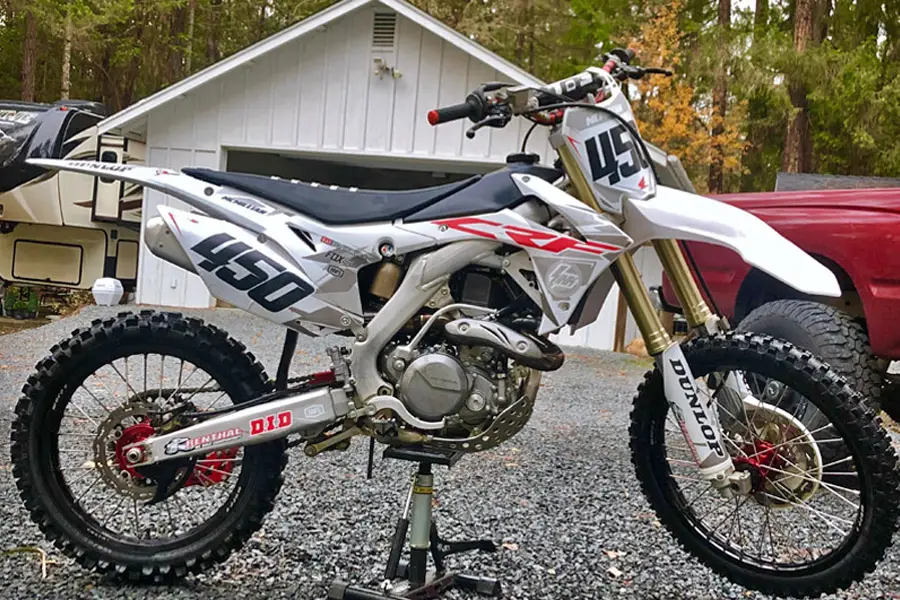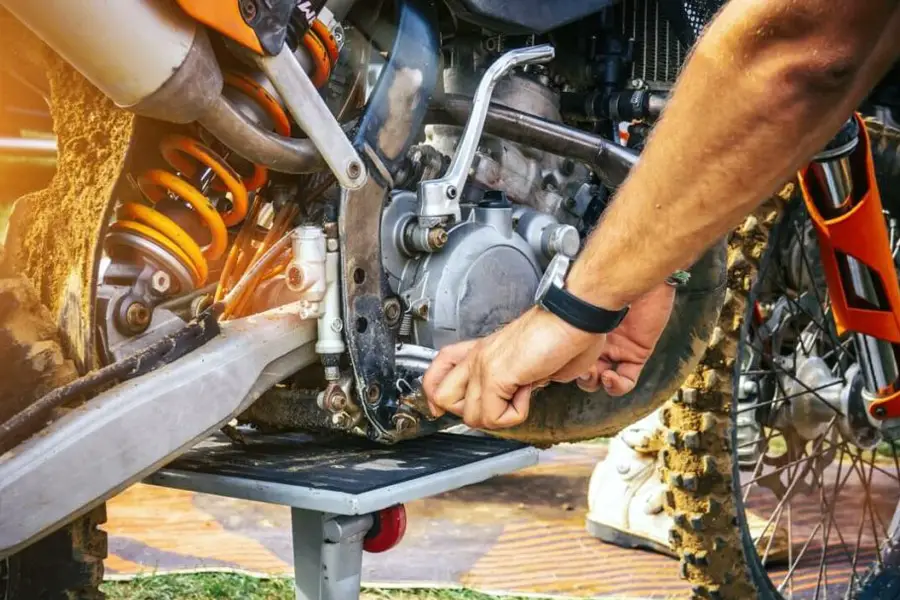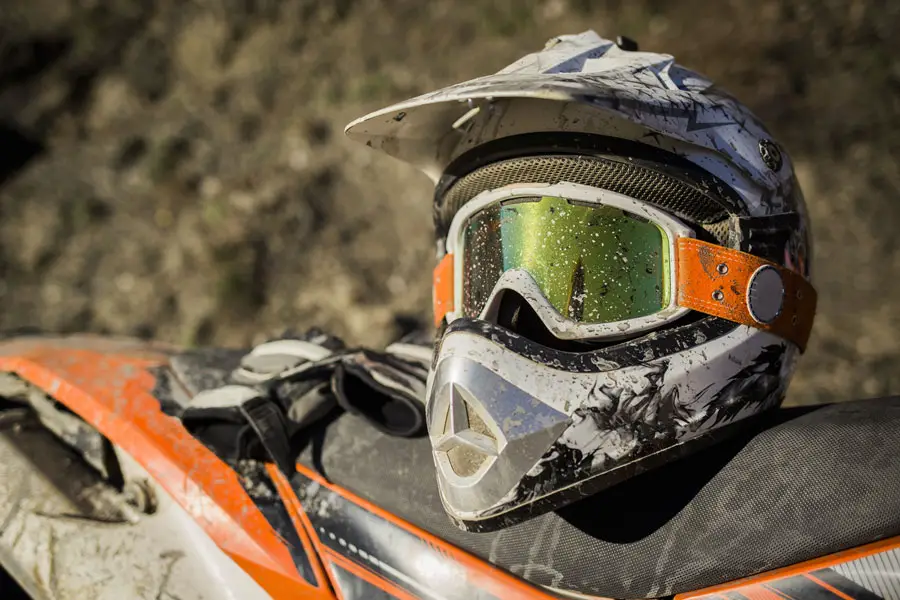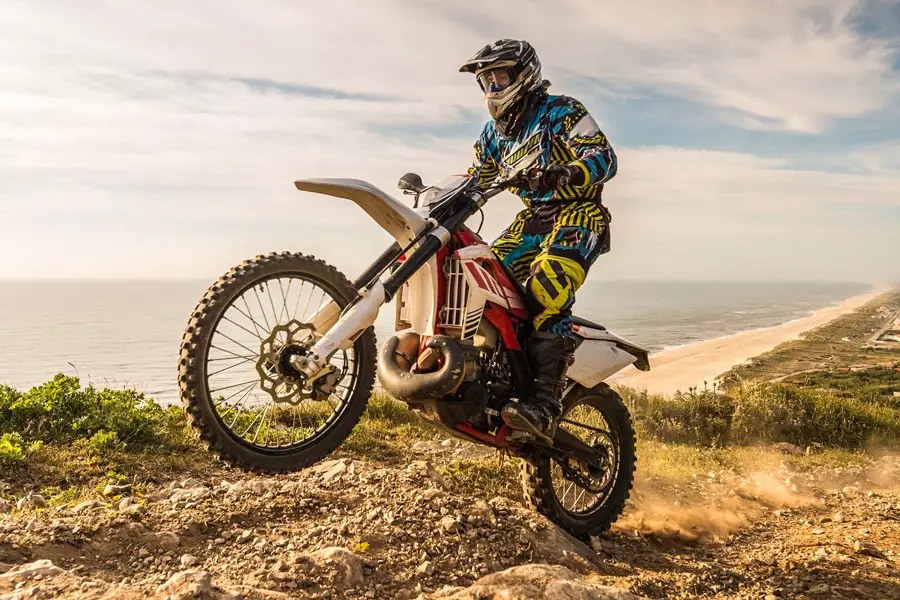What is a Powerband on a Dirt Bike?
BraapAcademy.com earns a small commission from qualifying purchases.
This does NOT cost you extra.
Contents
If you’re confused as to what exactly a powerband is, don’t sweat it. We’ll take a look at what a powerband on a dirt bike is, what it does, and how it contributes to the overall performance.
You’ve probably heard some confusing jargon thrown around on the internet and in person… do people still meet in person these days?
What is a Powerband on a 2 Stroke Dirt Bike?
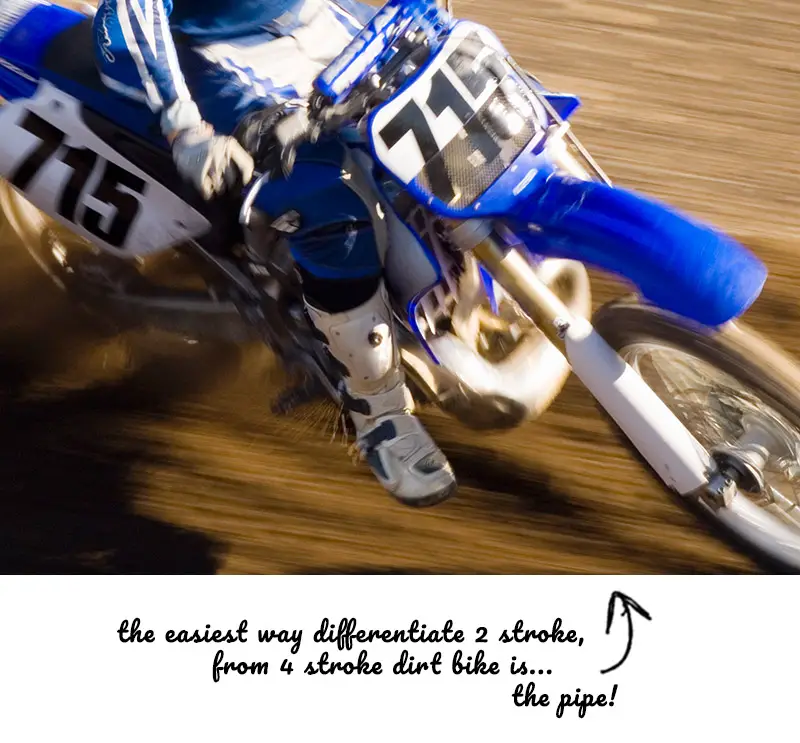
There is a significant difference between a powerband on a 2 stroke bike and a powerband on a 4 stroke bike. Generally, the 4 strokes are more beginner friendly than 2 strokes. It’s important to remember that every engine has a powerband, but they are not all the same – the optimal band range will vary depending on the bike.
2-stroke powerbands abruptly rise up to the bike’s acceleration, where power is then accumulated in a small accretion. They have a sharp power spike, as opposed to the relatively-flat torque curve that 4-stroke powerbands have.
How Does the Powerband Work on a 2 Stroke?
If you want to make proper use of the powerband on your dirt bike, you are going to need to put it in its corresponding REV range. Each gear is made to power over the speed of the bike, and the end goal is to make sure that the engine always operates within its powerband.
By choosing your gears carefully, you are able to make use of your bike’s powerband throughout the vehicle’s speed, which will prevent your bike from experiencing engine pressure at lower speeds.
If you want to get into your bike’s powerband, you’ll need to increase the RPM to the maximum, drop down to the third gear, then accelerate. After you’ve done that, you’ll be able to ride your bike in its powerband.
However, if you are not accelerating to the top of your bike’s RPM and staying there, then there’s really no use in pushing the throttle or accelerating – you’re not going to be within your bike’s powerband anyway. Professional and experienced bikers rev their RPMs up when riding turns, and because they’re doing so with clutches, they are not sending power to their wheels.
The moment they drop the clutch, a massive burst of torque is sent to the back wheel, giving them a boost to their acceleration at the end of a turn. It’s the ultimate power move.
When Does the Powerband Kick in?
Generally speaking, most automobile engines begin their powerband at around 4,000 RPM. So, if your dirt bike’s maximum power is between 5,000 RPM and 6,000 RPM, accelerating to that point will get you into your powerband.
It goes without saying that the threshold for entering a powerband is different for each bike and will be triggered by reaching a different RPM. So, give your throttle a push and find out where your bike’s powerband is, but try not to go overboard or you could damage its engine.
Do 4 Stroke Dirt Bikes Have Powerbands?
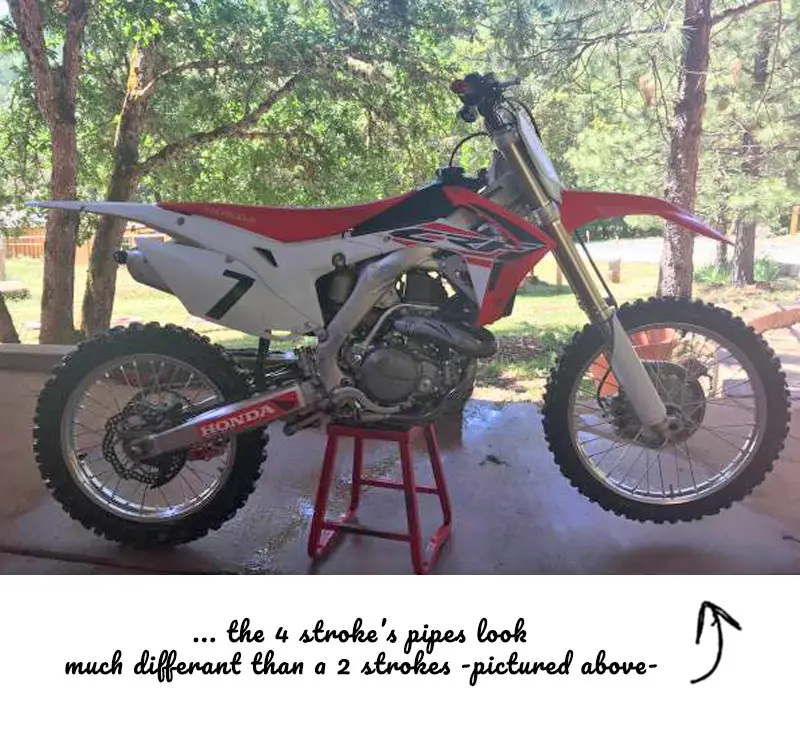
In short: yes, they do.
A 4-stroke powerband is distributed gradually throughout the entire RPM range and picks power in a constant mode. Whereas, like we mentioned earlier, a 2-stroke powerband rises up to the acceleration suddenly, where power is then picked up in a small accretion.
You’ll find that most 4-stroke engines have a flatter torque curve in comparison to their 2-stroke counterparts, where there is a power spike. To put it simply, 4-stroke powerbands have wider ranges, while 2-stroke powerbands are narrower.
How Does a Powerband Work on a 4 Stroke?
Every IC engine in the world has what is known as a ‘powerband’. The powerband is the level of a vehicle’s RPM range at which the engine produces the most power, and, traditionally, a 2-stroke powerband is much different from a 4-stroke powerband.
The powerband of a 4-stroke dirt bike is spread gradually throughout the entire RPM range so that it is constantly accumulating power until you reach high in the RPM. At that point, the powerband will flatten out, which generally provides a more predictable power distribution and is why most experienced and professional bikers prefer to ride 4-stroke bikes over 2-stroke bikes.
In the last few years, power valves have become more popular, but prior to that, 2-stroke dirt bikes often had very little power at the bottom-end of the RPM ranges, with a sudden power surge in the higher RPM ranges. Power valves, and other porting advancements, allow for a far more useful distribution of the powerband in 2-stroke engines.
2 Stroke vs 4 Stroke Powerband on a Dirt Bike
If you are just starting out with riding dirt bikes, a low to mid-range powerband is the best level for you. It can be pretty challenging for newbies to maintain RPM stability with top-end powerbands while also controlling the gears, all while riding on a more unstable surface.
Professional riders need the additional power to stay in the race, which is why they can benefit from higher powerband levels.
Because the top RPM range is different for every bike, the first thing that you are going to need to do is become familiar with your bike and its range. Understanding your dirt bike’s powerband for each gear is also an essential and will help you a lot in the long run.
Again, we strongly suggest that, if you are a beginner, you start at the low-end of the power spectrum. This will help you better understand the powerband’s function and teach you how to keep the bike under control.
The powerband of your dirt bike is an important function, and knowing how to take advantage of it is just as important.

